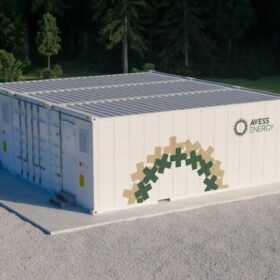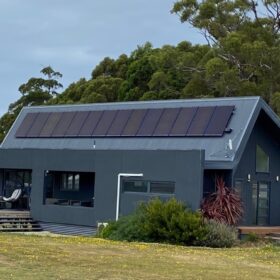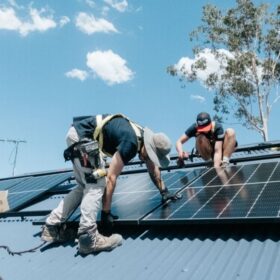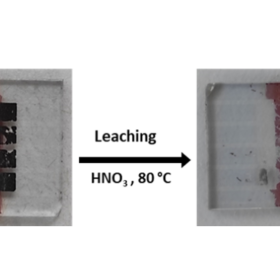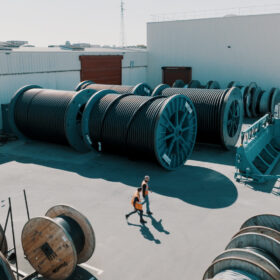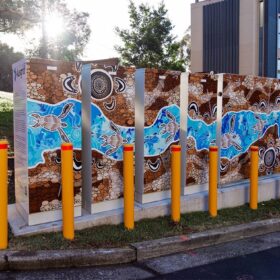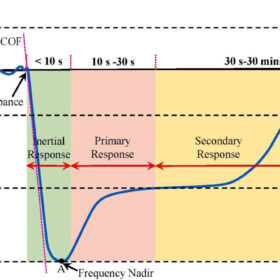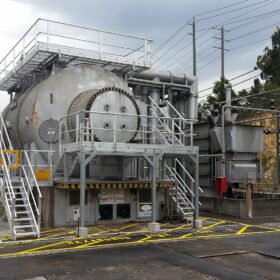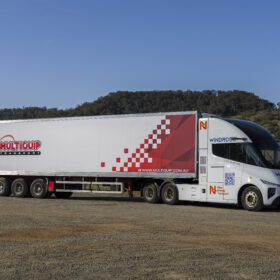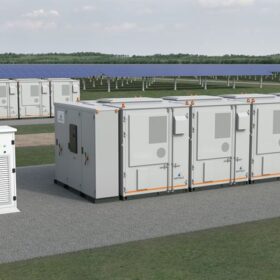Perth flow battery maker signs deal to build vanadium plant in South Korea
Western Australian vanadium flow battery company Avess Energy has inked a deal to build a 500-tonne electrolyte manufacturing plant in South Korea as part of plans to strengthen its position in the global energy storage market.
TagEnergy lands council approval for 600 MWh Queensland battery
French-backed renewables and storage developer TagEnergy is a step closer to building a 300 MW / 600 MWh battery that is to help maintain grid stability in north Queensland after the local council provided a green light for the project.
Paper points to load shifting to support renewable rollout
Reconfiguring Australia’s residential off-peak hot water systems to consume electricity when renewable generation is at its peak could help minimise the more than 4,000 MWh of large-scale solar and wind generation that is being curtailed in the National Electricity Market annually.
Rooftop solar installs rebound with record 302 MW rolled out
Australia’s roll out of rooftop solar has climbed to a record high with households and businesses bolting on almost 302 MW of generation capacity in July, up 23% on the previous month.
Japanese appliance manufacturer snaps up Byron’s Smart Energy
Byron Bay-founded supplier and installer of residential rooftop solar and battery systems Smart Energy has been snapped up by Japanese appliance maker Rinnai Corporation as it seeks to establish a “robust presence” in Australia’s renewable energy sector.
Queensland researchers recover silver from PV waste via green graphene
Researchers at Queensland’s James Cook University have developed a process to synthesise graphene from tangerine peel oil, which they then used to recover silver from waste PV material.
Regulator approves reduced budget for Humelink transmission project
The Australian Energy Regulator has approved final costs for the next stage of Transgrid’s multi-billion-dollar Humelink transmission project but slashed the budget for the construction of the 500 kV line by more than $3 million.
Marinus Link locks in completion date for 750 MW interconnector
Marinus Link has locked in a 2030 completion date for the high-voltage Tasmania-Victoria power interconnection project after signing a deal worth more than $1 billion with the world’s largest cable maker.
Bondi battery marks step change for energy storage says Ausgrid
New South Wales distribution network service provider Ausgrid has powered up a 160 kW / 412 kWh battery energy storage system in the eastern Sydney suburb of Bondi, describing it as a “fundamental shift” in the evolution of community batteries.
New battery sizing approach for virtual synchronous generators, control-based grid-forming inverters
A team of researchers in Western Australia has outlined a new methodology to determine the minimum power rating of energy storage systems used for emergency under-frequency response. The ESS size must be calculated to maintain the frequency within the standard operating range.
